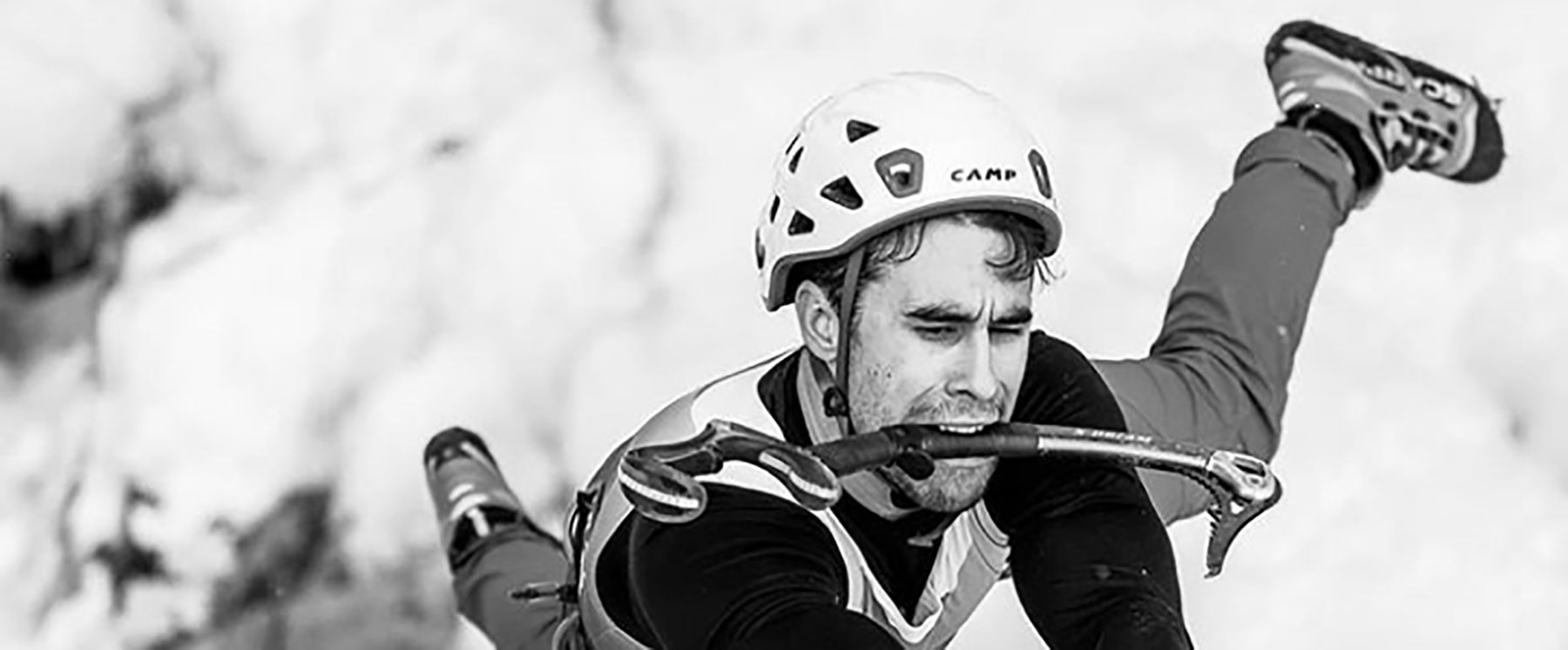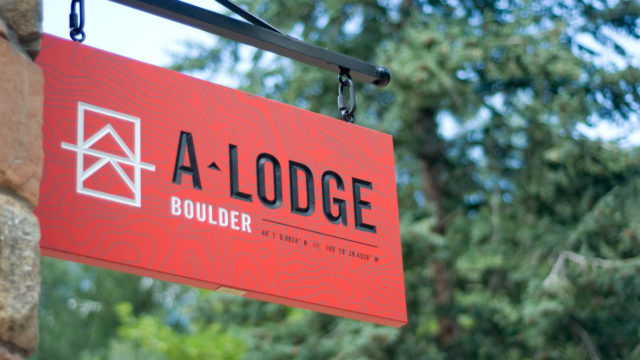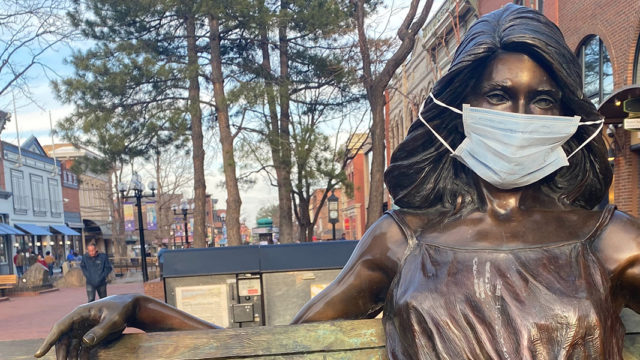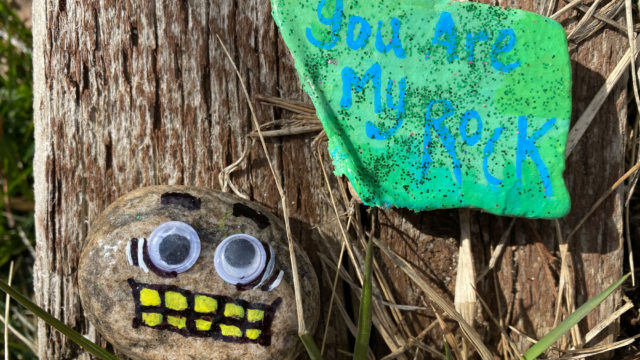If adventure requires venturing into the unknown, it helps to have some risk awareness in addition to a “let’s go” attitude.
Known for its rocky Flatirons and abundance of epic adventure spots, Boulder attracts a plethora of climbers of all levels. Tyler Kempney, one such climber and a current team member of the USA World Cup Ice Climbing Team, moved to Boulder from Upstate NY in September 2015.

He and his wife first came out spring of 2012 on a college trip where they spent three weeks together mountain biking, rafting and climbing. Three years later, when Tyler’s sister got a job as the assistant coach for CU’s lacrosse team, the two seized the opportunity to move out with her.
Tyler, who along with Sally Gilman and Colby Rickard, last August opened an ice climbing and dry tooling gym, The Ice Coop, at 2500 47th Street, defines adventure as, “anything that’s going to push you out of your comfort zone, and make you assess risk to either continue or know when to stop.”
Ice climbing, Tyler says, demands a heavy emphasis on risk management. Like traditional climbing, you place your gear as you go, but ice climbing also requires an understanding of the ice’s strength and integrity in certain places. Also, due to its fluid nature, outside factors like cloud coverage can completely change your climb.
“One time, a friend and I were going up to do the first ascent of an ice climb in Rocky Mountain National Park that’s never been done,” recounts Tyler. “My partner had climbed up half of the first pitch, maybe 60 feet high, and I made the call we should bail off. The sun was melting it. We moved to the side, both bummed (making that call is hard). Within two minutes of us moving, the entire thing collapsed.”
Managing risk at each point and getting to know what each piece of protection does and how to use it properly, as well as knowing how to manage spots that don’t offer much protection, can make or break you. (Literally.)
“The whole thing is risk assessment,” says Tyler. “Testing yourself and your own comfort levels.”
Journey to the US Team
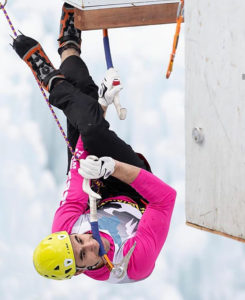
Tyler’s path to the UIAA USA World Cup Ice Climbing Team really launched from his passion for competition. He first got into climbing in college where he studied outdoor recreation with a focus on facilitation and group management.
He took classes like outdoor leadership training which had a focus on rock climbing, ropes course work, and water sports. Though he had long wanted to try ice climbing, he never did until after college when he moved to the Albany area and someone asked him if he ice climbed. Tyler tells us that’s when he knew it had to happen.
After moving to Boulder and successfully completing several competitions with really no expectations or much experience competing, one of Tyler’s friends, who happened to climb for the US Ice Climbing Team, suggested Tyler join. In 2018, he did.
Apparently, Boulder’s plethora of climbing and adventure spots make it a hub for people on the Ice Climbing Team.
“Of the six men and six women on the team,” Tyler says, “I think four or five men are from or live in Boulder. Same with the women; it’s obnoxiously lopsided.”
While climbers in the Northeast and Northwest certainly possess strength and ability, Tyler attributes the high Boulder ratio to the exposure and proximity to people within Boulder’s climbing community who know about such opportunities.
“When you’re here,” says Tyler, “training and climbing with all your friends, it just seems possible.”
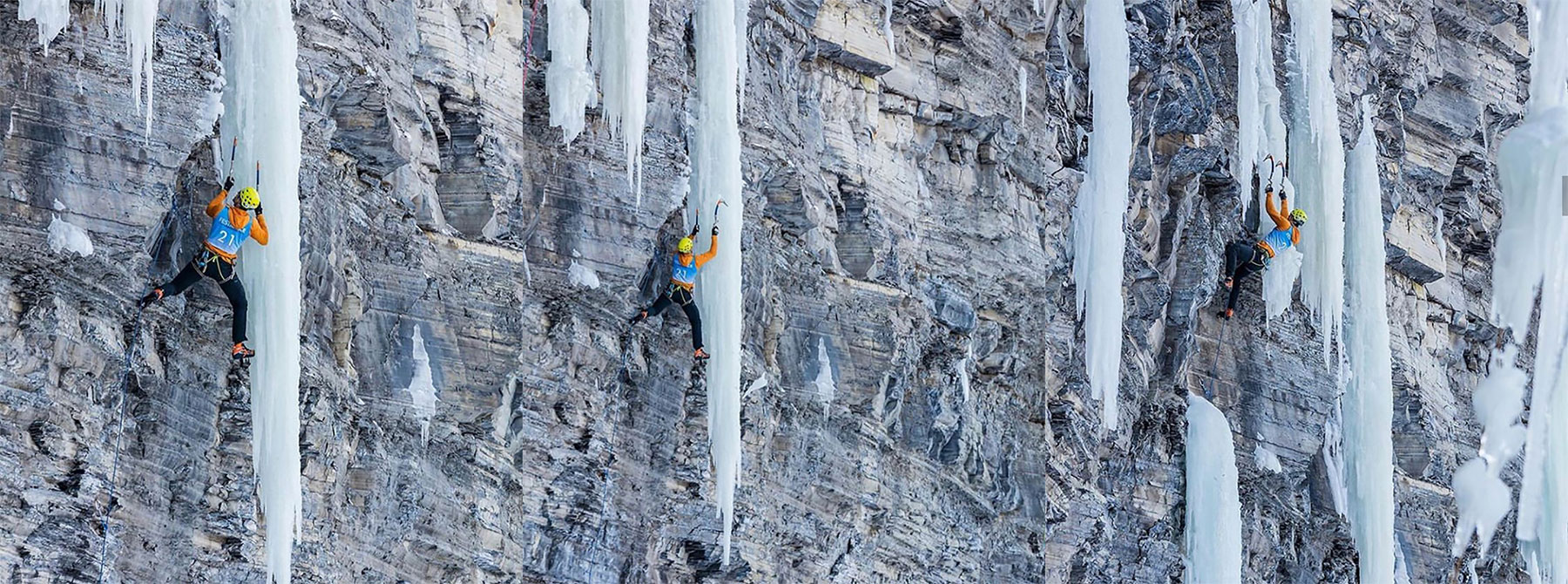
Tyler in Pont-Rouge, Quebec for its popular ice climbing festival, Festiglace de Pont-Rouge. Images: Tim Banfield.
These days, Tyler goes all over the world with the team to climb and compete, from Switzerland and Italy to Korea, which has the largest competition structure and where Seoul’s Kolon Alpine School holds the Guinness record for the world’s tallest indoor ice wall. In Korea, Tyler competed on an outdoor structure designed for the World Cup in Cheongsong.
When competing for the US, climbers use their axes in a rock-style discipline on man-made structures interspersed with hanging ice structures or spray-freezed sections of wall. Not all places take ice climbing as seriously as Korea, though, and the US doesn’t actually have a World Cup Wall of its own, making training quite difficult, and why Tyler created The Ice Coop.
Still, ice climbing even at a national level for now remains more of a hobby for most. People compete worldwide, but the industry does not offer much pay. For this reason, Tyler runs his specialized climbing gym where he teaches the crucial step of combining the rock discipline with the rock discipline, his specialty.
His gym uses mostly rock climbing techniques while using ice tools. The Ice Coop does not yet have the ability to spray freeze a wall, but they dream of it.
Climbing + risk levels

Whereas ice climbing requires a very high level of risk management, Tyler, who dove headfirst into all areas of the sport at the same time, regards bouldering and sport climbing as having the most manageable risk, making them good for beginners.
“Bouldering climbs are usually no higher than 20 feet and you have a foam crash pad under you,” says Tyler. “It’s very easy to conceptualize. It’s all free climbing with no harness. Some climbs may be only 6 ft tall initially and start under a roof.”
With sport climbing, climbers use a rope that they clip onto the wall’s stainless steel bolts in the rock as they go. Once you clip in, you’re clipped in.
Traditional climbing, on the other hand, requires placing protection yourself as you climb, using tools like nuts or hexes that wedge into cracks and create an anchor to the length of a potential fall.
Outside of ice climbing, Tyler often spends his days playing the Flatirons, climbing in Boulder Canyon and skate boarding through Boulder’s numerous bike paths.
Header Image: Tyler at Ouray Ice Park. Image: Mike Thurk.

